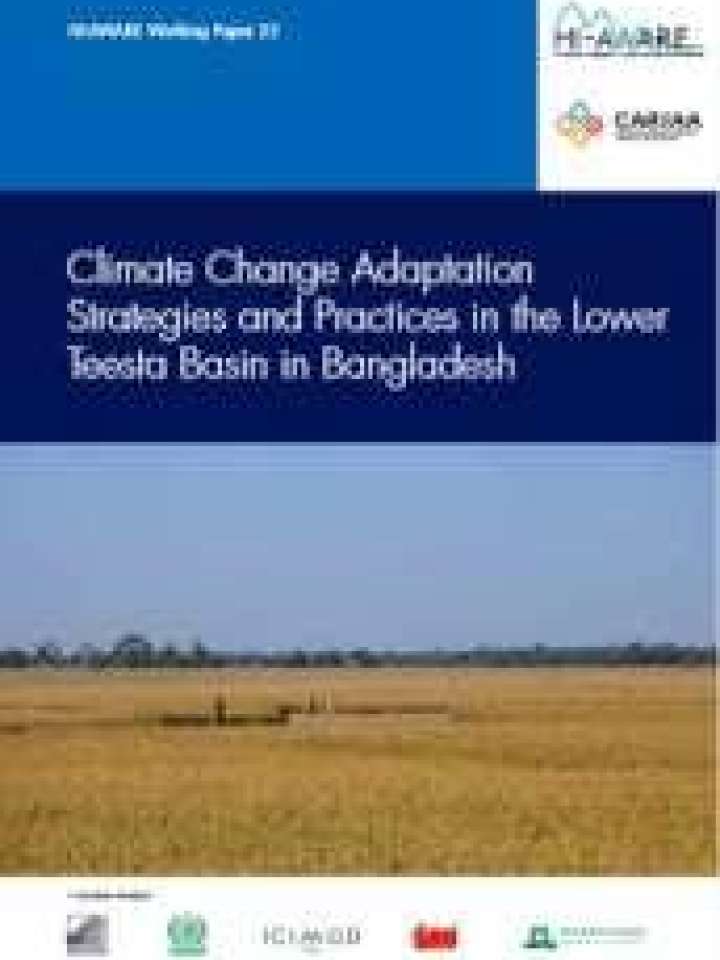Climate change adaptation strategies and practices in the lower Teesta Basin in Bangladesh
This study aims to deepen our understanding about local climate change trends, adaptation approaches and strategies of the government, NGOs, and other actors, and emerging adaptation practices in key impacted sectors in the Lower Teesta basin in Bangladesh. This region, regarded as one of the important food baskets of the country, has been experiencing varied changes in climate variability (including temperature rises, heat stress, low and erratic rainfall, and prolonged droughts), falling groundwater levels, and climatic extremes such as frequent and devastating floods, riverbank erosion, and thunderstorms. These climate change and other stressors are hurting sectors such as agriculture, water, sanitation and health, fisheries, food security, regional infrastructure, housing, and the livelihoods of common people in general.
The study examines in detail adaptation practices in six key social and economic sectors – agriculture, fisheries, livestock, housing and habitats, energy, and water. Methodologically, it is based on consultations with communities and other concerned actors, published literature and relevant documents including national policies and strategies on climate change adaptation, sectoral policies and plans, scientific papers, and the grey literature. Numerous adaptation practices adopted in different sectors are discussed, including the introduction of drought-tolerant and flood-tolerant crop varieties, the livestock-leasing adhi system, raising the level of the house plinth, maize and pumpkin cultivation in sandy soil, and rainwater harvesting.
The Government of Bangladesh has prepared the National Adaptation Programme of Action (NAPA) and the Bangladesh Climate Change Strategy and Action Plan (BCCSAP), which have suggested a number of climate change adaptation and disaster risk reduction measures in different sectors relevant to the Lower Teesta basin. This study has identified various coping mechanisms and adaptation practices of varied communities, but concludes that they need further support from the government. It recommends the integration of local knowledge with scientific knowledge, resource allocation for the poor, technology transfer, and innovation for effective adaptation in the Lower Teesta basin.
Explore further
